Now
2016This is currently where we know Wild Ginger is in Northland. Slide the bar along to see how this infestation could spread over the next 50 years.

This is currently where we know Wild Ginger is in Northland. Slide the bar along to see how this infestation could spread over the next 50 years.

Wild Ginger originates in Nepal. The variety present in New Zealand is a hybrid of Kahili Ginger and White Ginger and was first introduced in the 1860’s as a garden plant because of the fragrant and colourful flowers.

Growing over 2metres tall, wild ginger sprouts a large network of thick rhizomes through which it suckers and spreads. These rhizomes become almost impenetrable making native seedling germination almost impossible and degrading habitat for ground dwelling birds like kiwi.
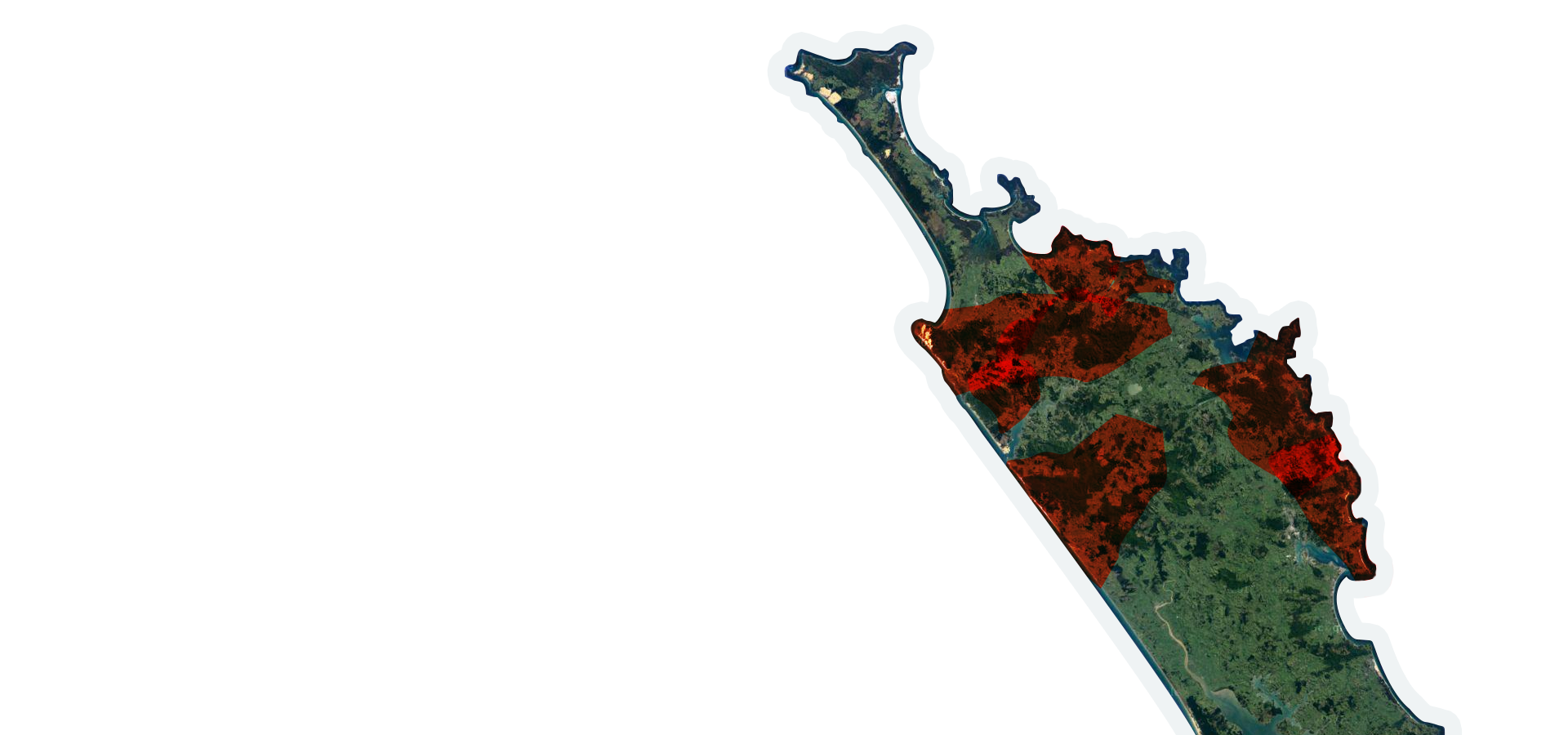
It takes over the forest floor and prevents native species from regenerating. As the canopy begins to die, Wild Ginger is the only plant that is left – this process is already well under way along Northlands coastlines and ginger now threatens some of our most important native kauri forests.
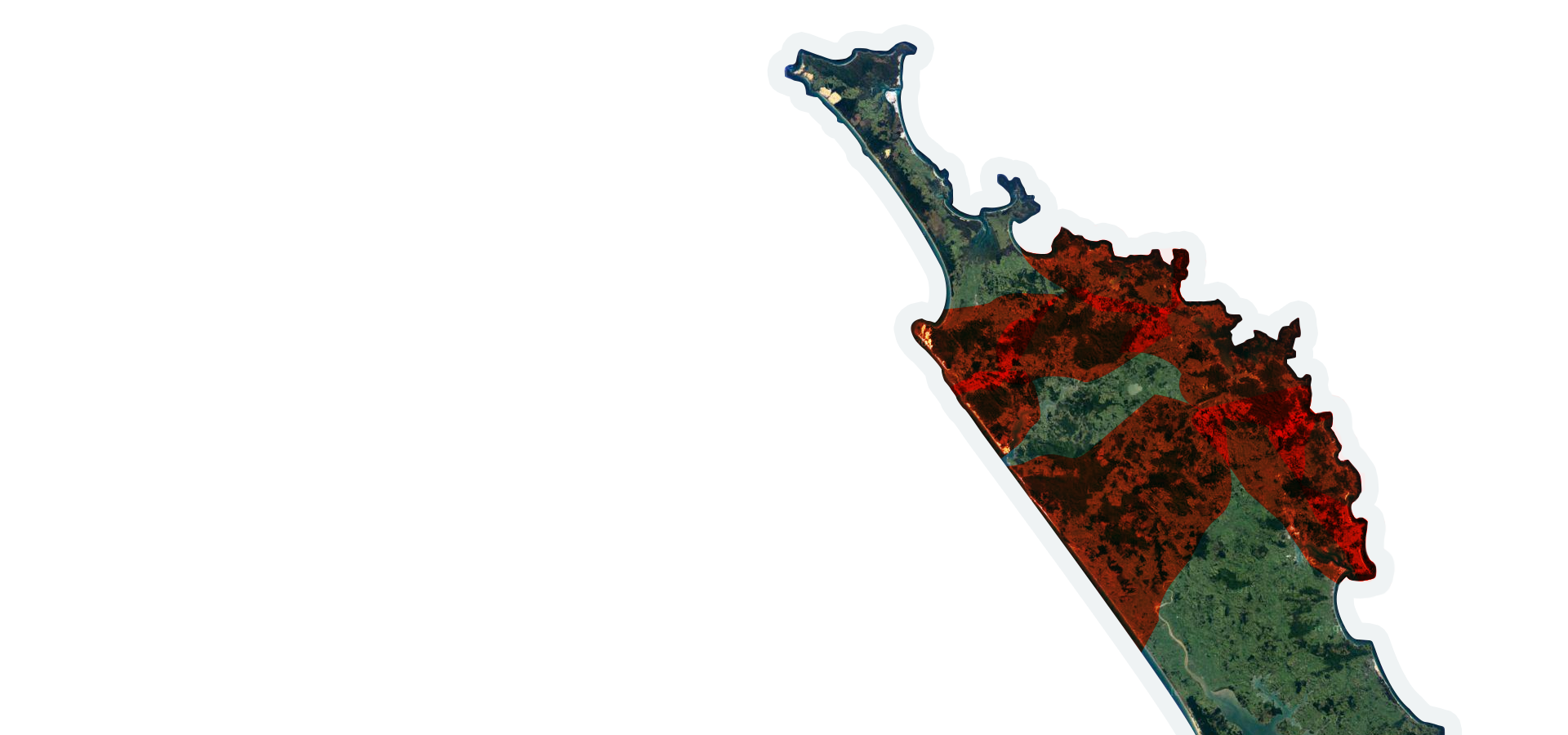
Small patches of Wild Ginger can be easily controlled manually or by herbicides containing metsulfuron-methyl. This is only financially viable for infestations under 1hectare.
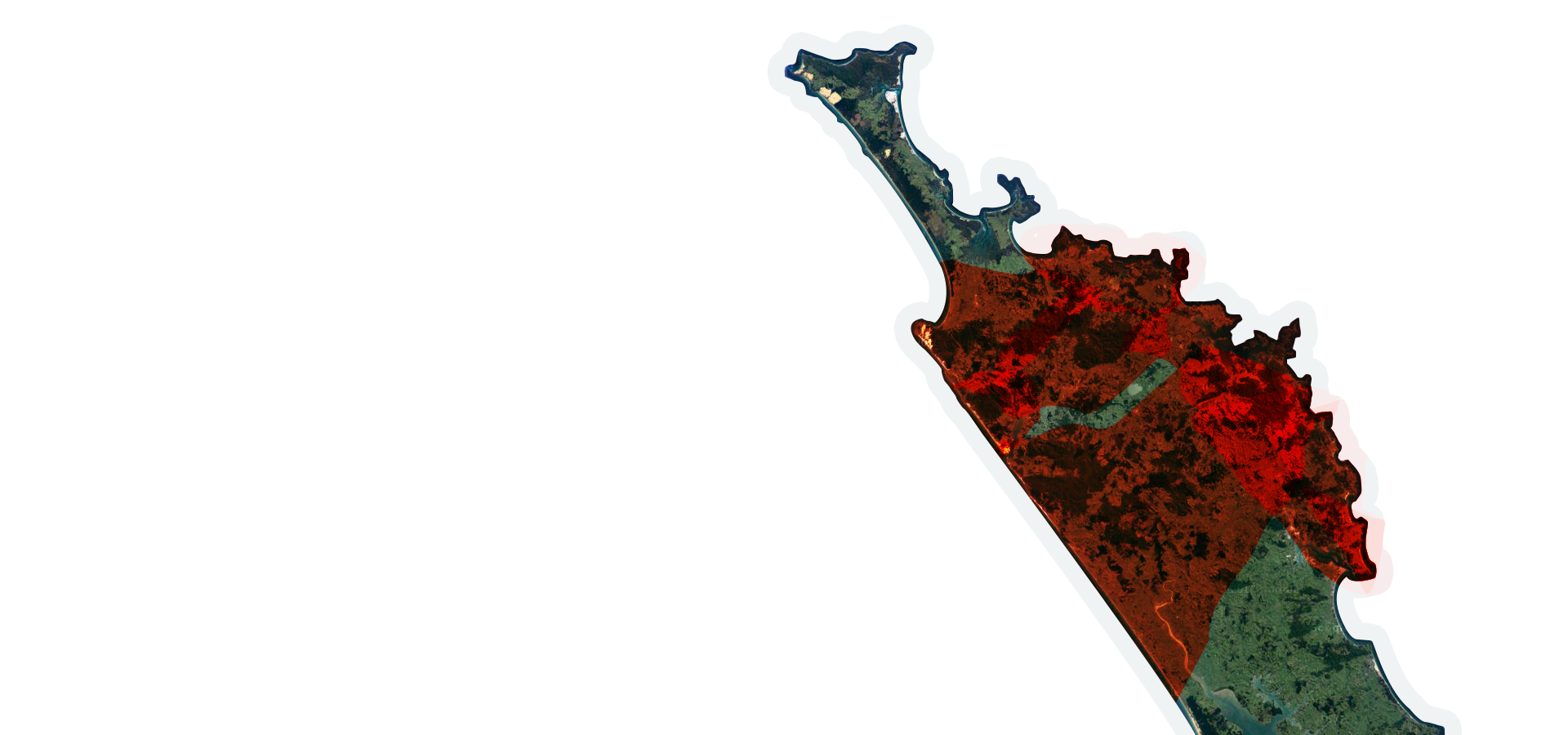
Landcare Research studies have shown that any infestation from 1-100ha, the success rate for eradication decreases to 33% and any infestation over 100ha it decreases to 25%.
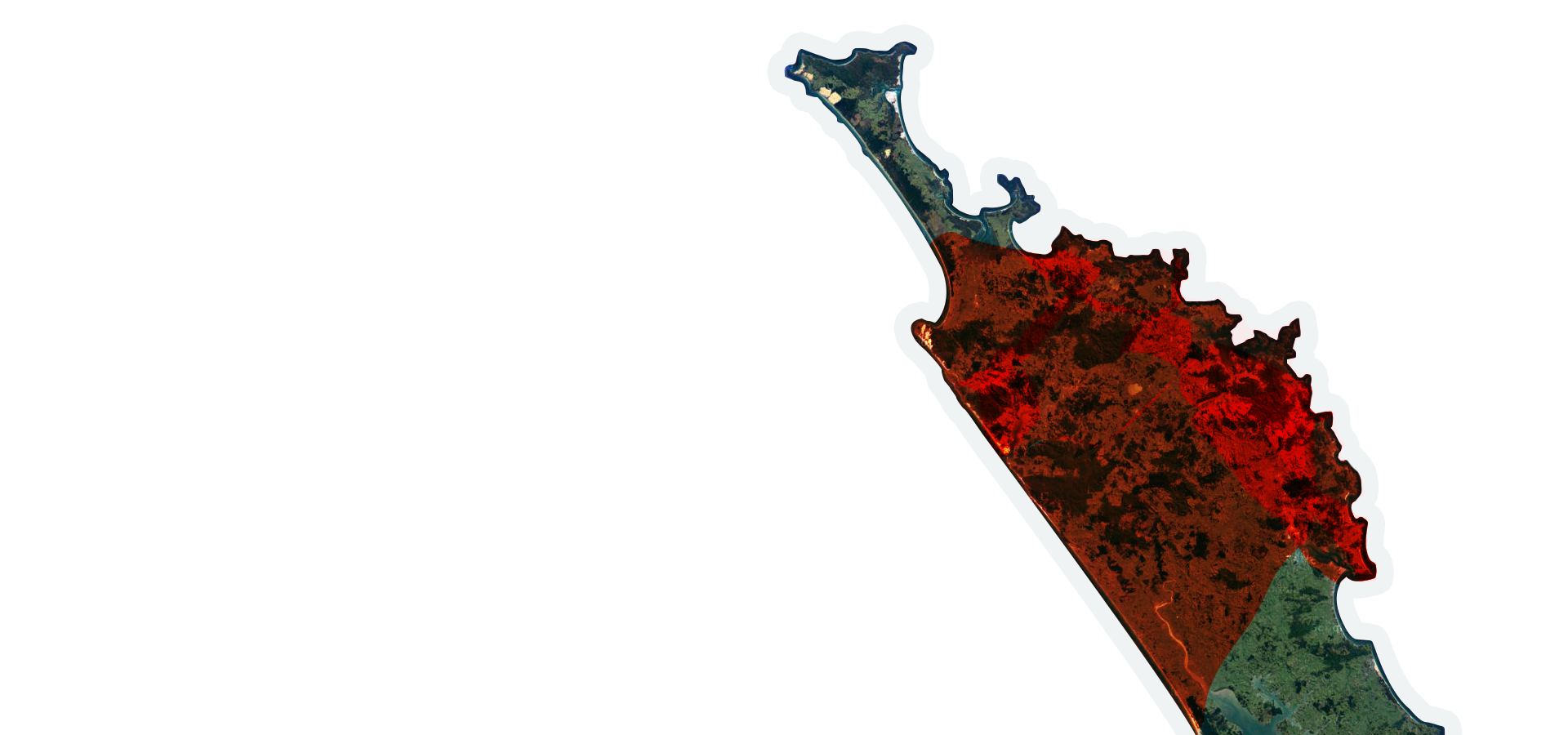
Wild Ginger is predicted not to grow in the Far North peninsula because of different soil types. Wild Ginger is also predicted not to grow at certain altitudes.
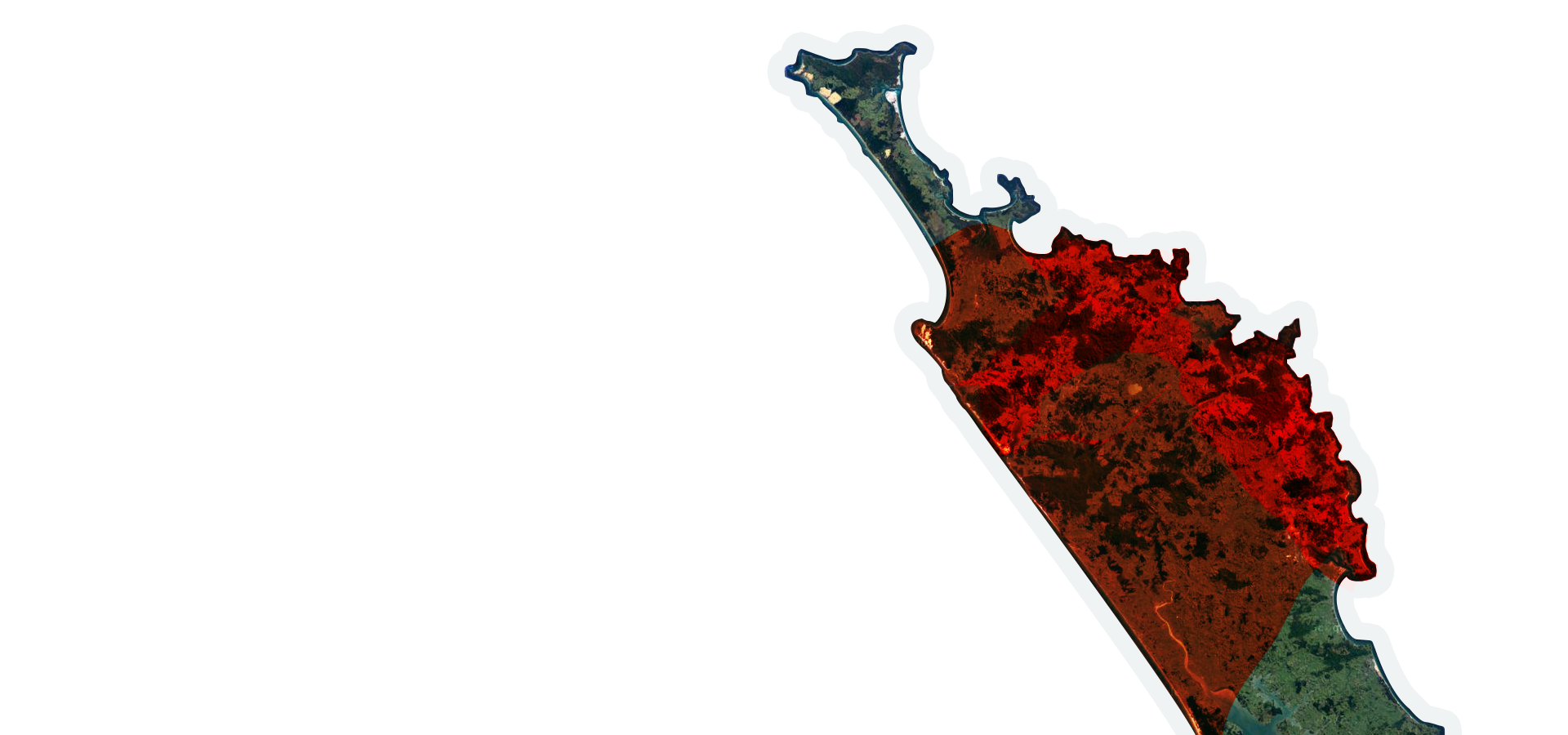
The most effective and sustainable tool for the future is most likely the use of a biological control agent – something that is a natural predator of Wild Ginger, brought in to reduce the population down to manageable level.

New Zealand has a 90 year history of working with insect and pathogen (rusts/blights) biocontrol agents. There has been no significant non-target attacks in New Zealand.
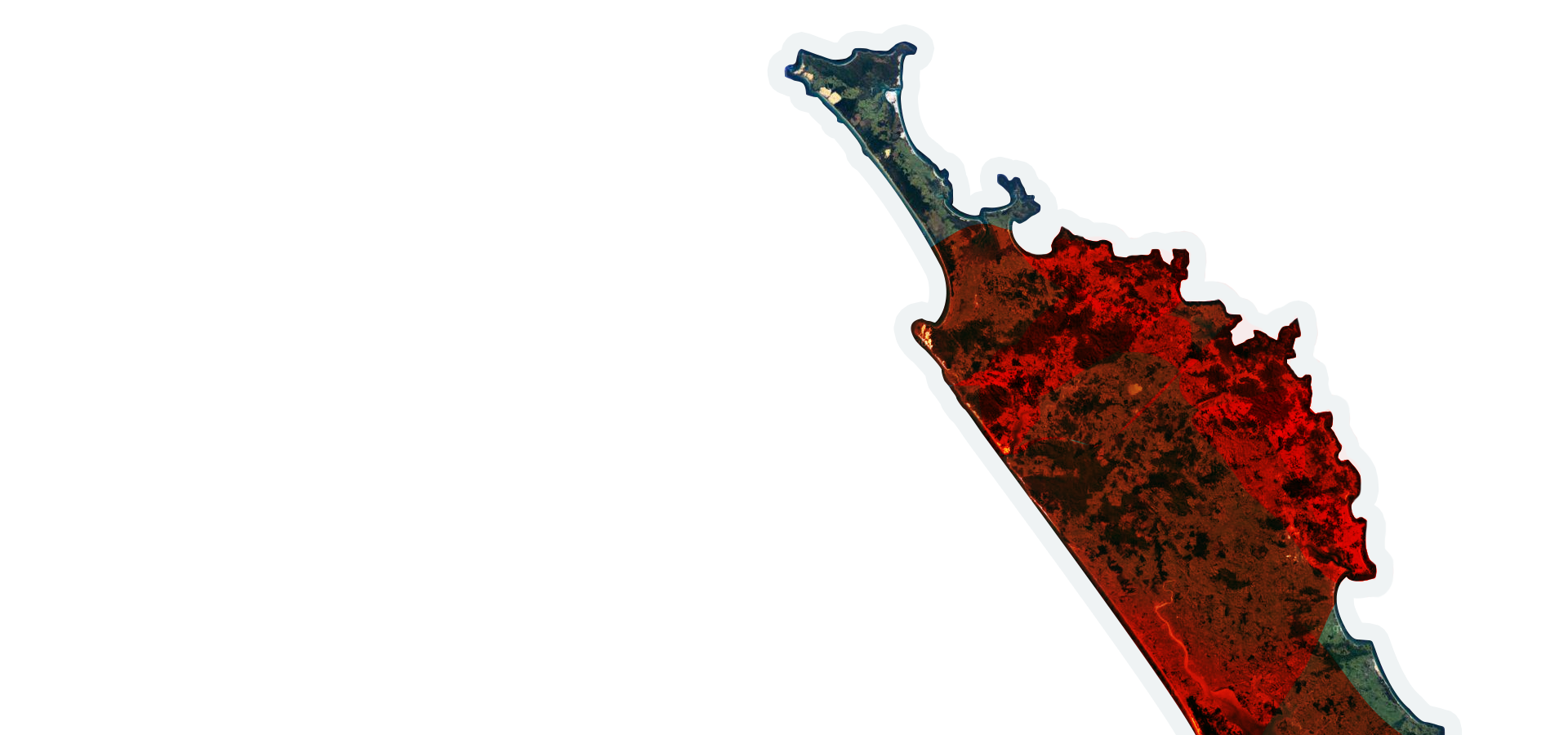
Some biological control agents have been enormously effective in New Zealand. Many Northlanders will recall the fields of yellow ragwort that were once a common sight.
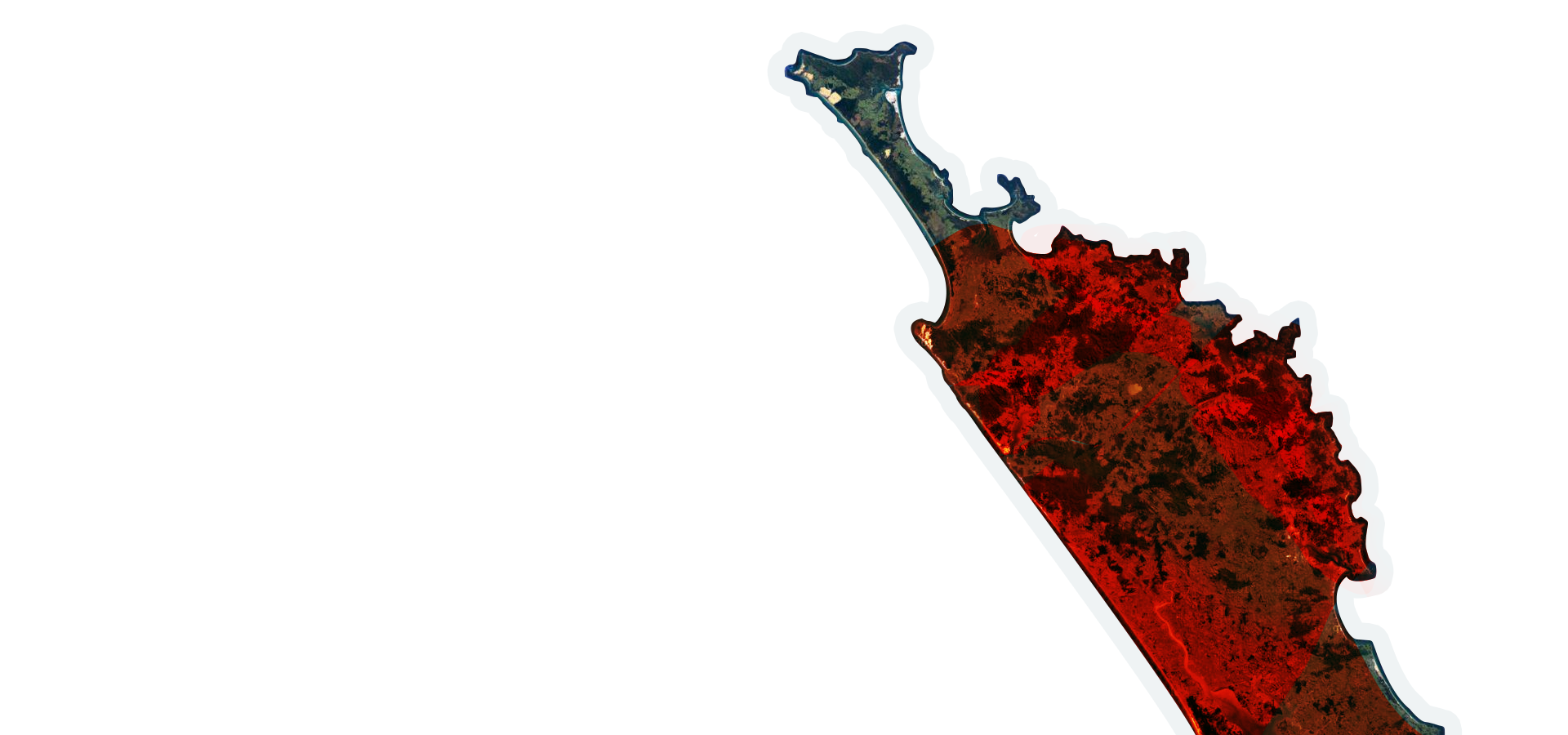
We want to raise awareness of just how bad this weed is in Northland and fund research for better, smarter technologies to control it, so drop a pin and check out where Wild Ginger is in your neighbourhood.








